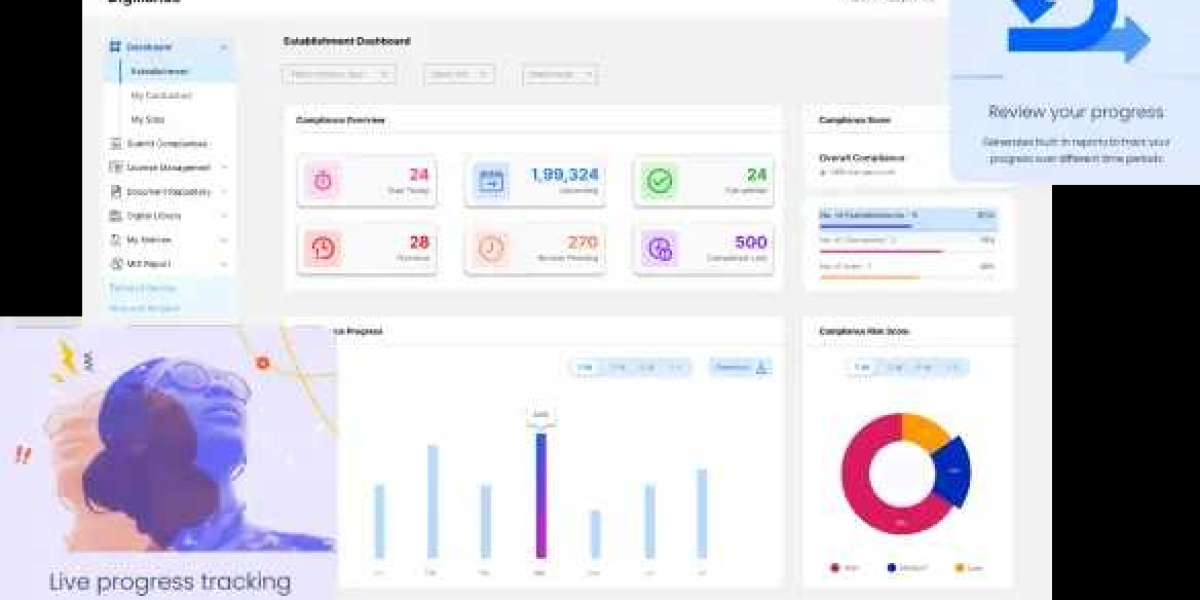India’s New Labour Codes are transforming the country’s labor law system, bringing important reforms that affect both businesses and employees. These changes aim to simplify the regulatory framework, improve worker welfare, and create a more transparent and efficient system for managing labor issues. Whether you’re an employer, HR professional, or employee, understanding these new labour codes is essential for navigating the evolving landscape.
In this blog post, we will explore the key aspects of the New Labour Codes and how they impact businesses and employees. We will also offer practical tips on how businesses can stay compliant and benefit from these reforms.
What Are the New Labour Codes?
The New Labour Codes are a set of four new laws that consolidate and simplify the existing labor laws in India. These codes aim to provide clearer, more straightforward rules for employers and employees alike. The four codes are:
- The Code on Wages, 2019: Defines wages, sets minimum wage standards, and outlines the rules for bonuses.
- The Industrial Relations Code, 2020: Focuses on labor relations, dispute resolution, and trade union regulation.
- The Code on Social Security, 2020: Expands social security benefits to a wider range of workers, including gig and platform workers.
- The Occupational Safety, Health, and Working Conditions Code 2020 establishes regulations for workplace safety and health standards.
These reforms aim to provide a unified framework that simplifies compliance and improves transparency, benefiting both employers and employees.
How Do the New Labour Codes Impact Businesses?
The New Labour Codes have several key implications for businesses, from revising wage structures to enhancing workplace safety. Here's how they impact organizations:
1. Changes to Wage Structure
The Code on Wages, 2019, introduces important changes to how wages are structured in India. Businesses must now ensure that the wage structure complies with the new rules.
Key provisions include:
- Basic Pay: A significant portion of the salary must be designated as basic pay, affecting calculations for overtime, bonuses, and other benefits.
- Minimum Wages: Employers must adhere to new uniform minimum wage standards that apply across industries, making it crucial for businesses to adjust their compensation structures.
- Payment for Overtime: The new code mandates payment for overtime, which could increase labor costs for businesses.
Tip for Businesses: To comply with the new wage structure in India, businesses should update payroll systems to reflect these changes and ensure workers are paid fairly and on time.
2. Simplified Compliance Process
The New Labour Codes streamline several processes for employers, making compliance easier. This includes:
- Unified Registration: Companies will no longer need to register under multiple labor laws. A single registration process will cover various compliance requirements.
- Clearer Reporting Requirements: The new codes introduce more straightforward reporting and documentation procedures for employers, reducing administrative burdens.
Tip for Employers: Take advantage of the simplified compliance process by updating your internal procedures and leveraging technology to automate reporting and record-keeping.
3. Expanded Worker Benefits
Under the Code on Social Security, 2020, businesses now need to extend social security benefits to a larger segment of the workforce, including gig and platform workers.
Key benefits include:
- Health Insurance and Pension Schemes: Gig workers now have access to health insurance and pension benefits.
- Maternity Benefits: The code provides expanded maternity leave and benefits to workers in more sectors, including those in the informal economy.
Tip for Employers: If your business employs gig workers or workers in the informal sector, ensure you provide them with the appropriate social security benefits as required by the new regulations.
4. Worker Safety and Welfare
The Occupational Safety, Health, and Working Conditions Code, 2020, places a stronger emphasis on worker safety and welfare, especially in high-risk industries. Key changes include:
- Safety Standards: Employers are required to meet specific safety standards and ensure that workers are protected from hazards in the workplace.
- Workplace Conditions: The code sets out regulations for adequate sanitation, rest periods, and medical assistance.
- Working Hours: The new codes establish clear limits on working hours and enforce regulations around overtime and breaks.
Tip for Employers: Conduct a thorough review of your workplace safety protocols and update them to ensure they comply with the new codes. Regular safety training for employees is also essential to avoid penalties and ensure a safe working environment.
How Do the New Labour Codes Impact Employees?
The New Labour Codes also bring several positive changes for employees, enhancing their rights and benefits. Here’s how employees benefit:
1. Improved Wages and Benefits
The Code on Wages, 20,19 ensures that employees receive fair wages and timely payments. Key provisions include:
- Minimum Wage Guarantee: Employees are assured of a minimum wage that is uniform across industries, helping to reduce exploitation.
- Bonus and Overtime Payments: Employees are entitled to overtime pay for extra working hours, which improves their overall compensation.
2. Enhanced Social Security
Under the Code on Social Security, 2020, workers are granted access to social security benefits, including:
- Health Insurance: Employees are entitled to better health insurance coverage, helping to protect them against medical emergencies.
- Pension and Retirement Benefit: Workers now have better access to pension plans, ensuring their financial security in retirement.
3. Greater Workplace Safety
The Occupational Safety, Health, and Working Conditions Code aims to improve safety and health conditions for workers in various industries. Employees benefit from:
- Safer Work Environments: Employers are legally required to ensure that workplaces meet safety standards, reducing the risk of workplace accidents.
- Better Working Conditions: The code mandates access to clean restrooms, medical assistance, and other necessary facilities.
How to Stay Compliant with the New Labour Codes
For businesses to comply with the New Labour Codes, here are some practical steps:
- Update Employee Contracts: Ensure that all employment contracts are in line with the new wage structure and benefit provisions.
- Revise Payroll Systems: Adapt your payroll system to accommodate the new wage norms and payment for overtime.
- Provide Social Security Benefits: Offer the appropriate benefits, including health insurance and pension plans, especially for gig and platform workers.
- Review Workplace Safety Protocols: Conduct a safety audit to ensure that your workplace complies with the new health and safety regulations.
- Stay Updated with Labour Law Changes: Read the complete guide on India’s labour reforms and visit Digiliance for expert insights on new labour laws to stay informed about ongoing changes.
Conclusion
The New Labour Codes in India are a major shift in the country’s labor law landscape, with significant implications for both businesses and employees. By understanding the new wage structure in India, the extended social security benefits, and the workplace safety regulations, businesses can stay compliant and ensure fair treatment of employees.
To help you navigate these changes, Digiliance offers expert guidance and resources on the New Labour Codes. Visit Digiliance for insights on new labour laws and read about the latest labour law changes on Digiliance to stay ahead of the curve. By staying informed and taking the necessary steps to comply, you can ensure a smoother transition to the new labor law system.



